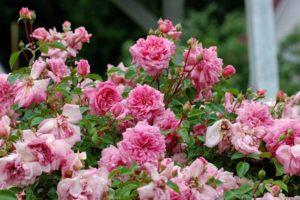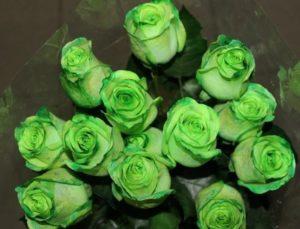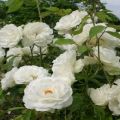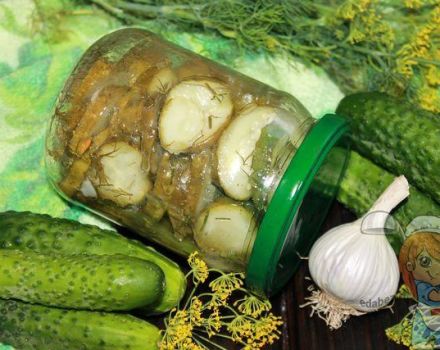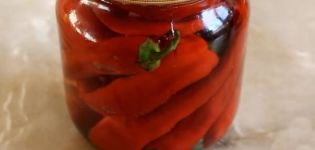Description and characteristics of the climbing rose of the Prince variety, growing rules
The Prince rose is an excellent ornamental plant that can be grown to decorate a garden plot. Abundant flowering allows for the use of culture in landscape design. For a culture to grow and develop normally, it should be provided with adequate care. It should include timely watering, pruning, fertilization. Adequate pest control is essential.
Description and characteristics of the rose Prince
The climbing rose of this variety is a popular park culture. It has excellent decorative qualities and is easy to care for. At the beginning of flowering, beautiful flowers appear on the bushes. At first they have a deep red hue and then turn purple. During the flowering period, roses exude a pronounced aroma.
The flowers are characterized by a velvety petal structure. They reach 5-8 centimeters in diameter. The flowers are dense. The number of petals reaches 35-40 pieces. 1-5 flowers appear on each stem.
The main pros and cons of the variety
Key benefits of culture include the following:
- unpretentious care;
- excellent decorative properties;
- resistance to fungal infections - this is true if agrotechnical recommendations are followed.
The disadvantages of culture include the following:
- the risk of disease and parasites - this is observed when the rules of care are violated;
- poor resistance to precipitation.
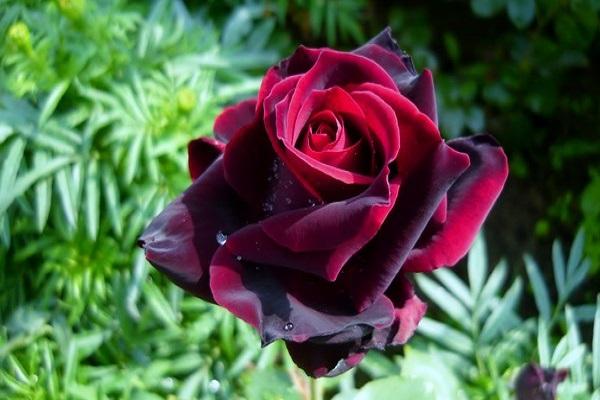
Plant growing rules
In order for the culture to grow and develop normally, it is recommended to carry out planting work correctly.
What time is the landing
It is best to plant the plant in the spring - in April or May. At the same time, the threat of frost must be avoided. It is important that the soil is fully warmed up.
Location selection
For planting roses, warm and sunny areas are suitable. There should be no cold wind on them. The culture needs moist and well-drained soil.
The acid-base reaction should be 5.6-7.3 pH.

Preparation of planting material
Before planting, the seedlings should be kept in water. This is especially true for crops with an open root system. The duration of the procedure should be 4-6 hours. If there are damaged shoots, they should be removed. It is recommended to shorten the branches, cut the weak ones. As a result, strong and medium shoots should remain.
How to prepare the soil
The planting recess should provide free positioning of the roots. Its size should be at least 50 centimeters. It is recommended to lay drainage from sand or gravel at the bottom.
For planting roses, it is worth making a nutritious substrate. To do this, you need to mix manure, a fertile soil layer, sand and peat in a 3: 2: 2: 1 ratio.
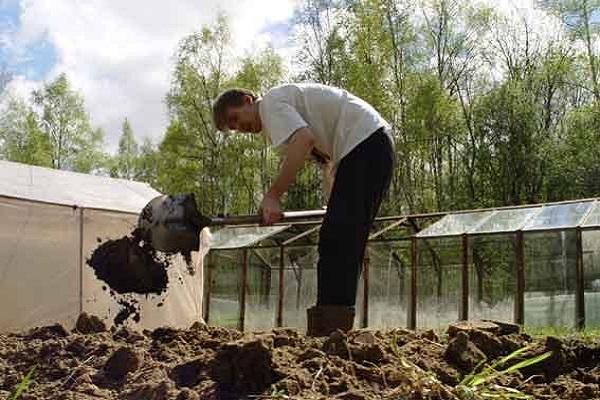
Landing procedure
Planting a rose of this variety is easy enough. In doing so, it is important to carefully spread the root system. It should not bend up. The root collar should be deepened by 5-6 centimeters. It is recommended to water the seedling well. This will require 10-15 liters of water. After absorbing moisture, it is worth applying a mulch layer.
The subtleties of flower care
In order for the plant to develop normally and bloom magnificently, it needs to be provided with full and high-quality care.
Watering and moisture
It is recommended to water the plant as the top layer of the soil dries out. On average, it is worth moistening the soil 3-4 times a month. For 1 adult bush, 2-3 buckets of water are required. In spring and autumn, the amount of watering should be reduced. After moistening the soil, loosening is carried out. This helps to provide the plant's root system with sufficient oxygen.
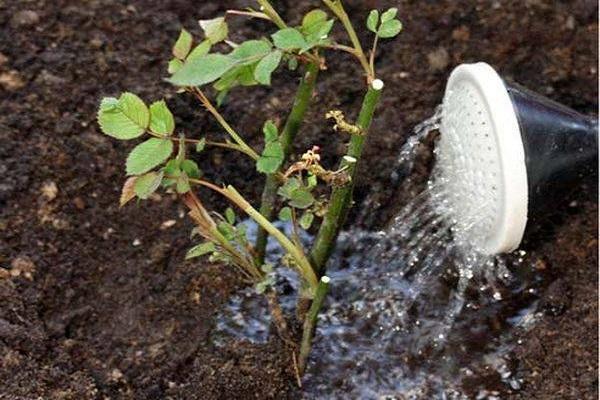
Pruning and replanting
Proper pruning helps to form lush shrubs. It is recommended to remove dry and broken branches during the procedure. You should also get rid of the shoots directed into the bush. Usually pruning is done in the spring, before the buds swell.
Transplanting the culture is not recommended. This impairs the development of the plant. After this procedure, the rose does not bloom for several years.
Features of wintering a flower
This plant has excellent frost resistance. It is able to withstand temperatures down to -23 degrees. However, with the arrival of cold weather, experienced summer residents still cover the bushes.
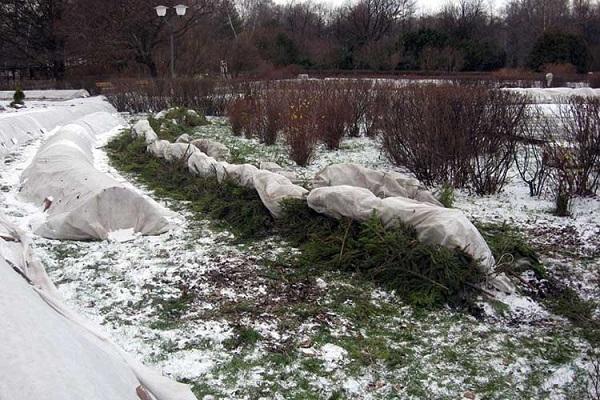
First you need to remove all the leaves and prune the branches a little. To insulate the bush, you should use a plywood box. It is recommended to sprinkle it on top with peat and sawdust, and then cover it with a waterproof material. This procedure will protect the plant from the harsh and little snowy winter. It should be carried out at a temperature of -8 degrees.
During and after flowering
Before flowering, the rose should be fed. To do this, use 15 grams of ammonium nitrate, 25 grams of superphosphate, 10 grams of potassium salt. These fertilizers are mixed with 10 liters of water. After the end of flowering, a solution of 15 grams of superphosphate, 25-50 grams of ammonium nitrate and potassium salt is introduced. These substances are dissolved in 10 liters of water.

Diseases, pests and control methods
If the rules of care are violated, the rose may encounter such diseases:
- Powdery mildew. In this case, a white bloom appears on the leaves. To avoid such problems, in spring and autumn, the culture is sprayed with copper sulfate 2%, Fundazol or Tsineb. For the treatment of the disease, Quadris or Topaz are used.
- Black spot. With the development of the disease, black spots appear on the leaves. They dry out and crumble. The effective means that are used to treat pathology include Skor, Ridomil-Gold.
- Aphid. These parasites infect the upper parts of the shoots, young foliage, buds. Pests feed on plant sap. For preventive purposes, the culture is sprayed with infusions of products with a pungent odor. For this purpose, needles, citrus fruit peels, onions and garlic are perfect. Insecticidal preparations help to cope with parasites. The most effective are Aktara, Tanrek.
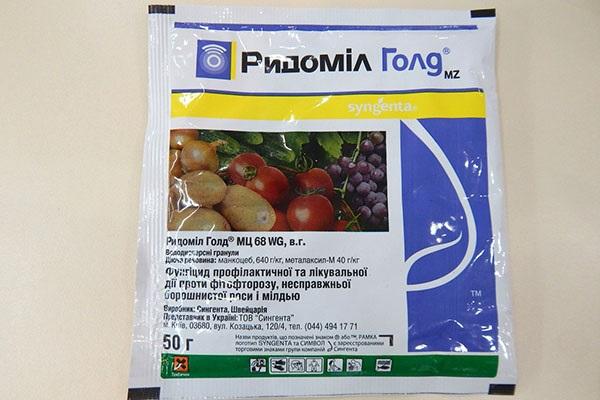
Reproduction methods
The easiest way to propagate a culture is considered to be cuttings. For planting, it is worth using part of a semi-lignified shoot. It should be 15-20 centimeters long and contain 3-4 buds.
It is recommended to harvest cuttings in 10-15 days from the moment of flowering.
To carry out the procedure, you should do the following:
- Lower the cutting with a lower oblique cut into the biostimulant solution. It is recommended to do this for 3-4 hours.
- Plant the cuttings in loose soil in separate containers or in a greenhouse.
- In the fall, move the plants to the basement or cellar. It is important to provide them with a temperature of +5 degrees. Cuttings should be buried in moistened sand or peat.
- In the spring, it is permissible to plant roses in the selected area.
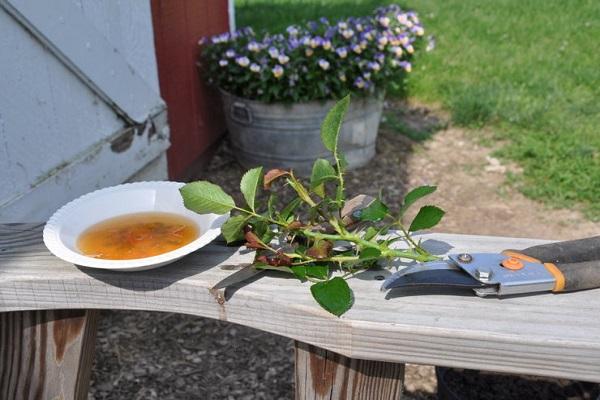
Application in landscape design
The plant is actively used in landscape design. It is used for vertical gardening of the site and the creation of hedges. Roses look great in group plantings or as a single plant.
Rosa Prince is considered a popular horticultural crop that has excellent decorative properties. To achieve success in growing a plant, it is worthwhile to carry out planting work correctly and provide the culture with proper care.
